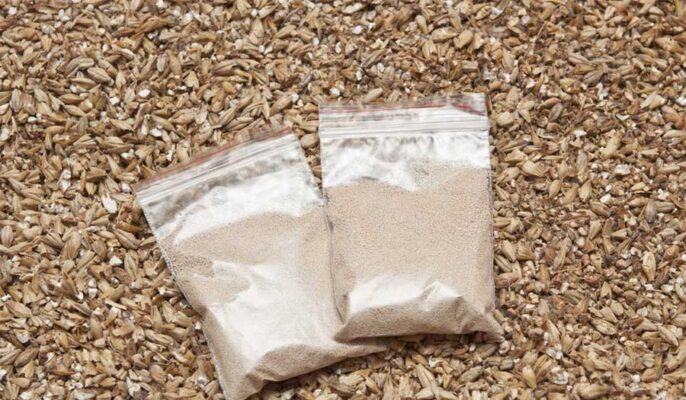Brewing is a complex process that requires careful attention to detail and quality control. One of the most important aspects of brewing is yeast propagation, which is the process of growing and multiplying yeast cells to ensure a healthy fermentation. In this article, we will explore what yeast propagation is, why it is important in brewing, how it works, and best practices for yeast propagation.
What is Yeast Propagation?
Yeast propagation is the process of growing and multiplying yeast cells. Yeast cells are single-celled organisms that are responsible for converting sugar into alcohol during fermentation. Yeast propagation is important because it allows brewers to create and maintain healthy yeast populations, which are essential for consistent beer quality.
Why is Yeast Propagation Important in Brewing?
Yeast is the most important ingredient in beer, and the health and vitality of yeast cells directly affect the quality of the final product. A healthy yeast population is necessary for consistent fermentation, which is essential for creating a beer that is free from off-flavors and aromas. Yeast propagation is also important because it allows brewers to maintain consistency in their beer recipes by using the same strain of yeast in each batch.

How Does Yeast Propagation Work?
Yeast propagation involves growing yeast cells in a controlled environment, such as a laboratory or brewery. The process typically begins with a small sample of yeast, which is used to inoculate a sterile growth medium. The growth medium provides the necessary nutrients for the yeast to multiply and grow. As the yeast cells multiply, they consume the nutrients in the growth medium and produce waste products, such as carbon dioxide and alcohol.
Once the yeast has reached the desired cell count, it can be harvested and used to inoculate a larger batch of beer. The yeast can also be stored for later use, either by freezing or by maintaining it in a dormant state in a specialized storage vessel.
Types of Yeast Propagation Systems
There are several different types of yeast propagation systems used in the brewing industry. The most common types include:
Batch Propagation System
This is the most basic type of yeast propagation system, where a small amount of yeast is added to a growth medium and allowed to multiply over several days. The resulting yeast population is then used to inoculate a larger batch of beer.
Continuous Propagation System
This system involves continuously feeding a growth medium with fresh nutrients and harvesting yeast cells as they reach maturity. This allows brewers to maintain a constant supply of healthy yeast for multiple batches of beer.
Forced Fermentation Propagation System
This system involves creating a high-gravity wort that is designed to stress the yeast cells and promote rapid growth. The resulting yeast population is then used to inoculate a larger batch of beer.
Best Practices for Yeast Propagation
There are several best practices that brewers should follow when propagating yeast:
- Start with a healthy yeast strain: A healthy yeast strain is essential for successful propagation. Make sure to purchase yeast from a reputable supplier and handle it carefully to avoid contamination.
- Maintain a sterile environment: Yeast is sensitive to contamination, so it is important to maintain a sterile environment during the propagation process. This can be achieved through the use of clean equipment, proper sanitation practices, and the use of sterile growth media.
- Monitor yeast health: It is important to monitor the health of yeast cells throughout the propagation process. This can be done through visualobservation of yeast growth, as well as through measurements of cell density and viability.
- Control fermentation conditions: Yeast cells are sensitive to changes in temperature, pH, and oxygen levels, so it is important to control these factors during fermentation. This can be achieved through the use of temperature-controlled fermenters, proper pH adjustment, and the use of aeration and agitation equipment.
- Harvest yeast at the right time: Yeast cells are at their healthiest and most viable when they are in the exponential growth phase. Harvesting yeast too early or too late can result in a less healthy yeast population, which can lead to inconsistent fermentation and off-flavors in the final product.

Conclusion
Yeast propagation is a critical component of the brewing process, as it allows brewers to maintain healthy yeast populations and produce consistent, high-quality beer. There are several different types of yeast propagation systems available, each with its own advantages and disadvantages. By following best practices for yeast propagation, brewers can ensure that their yeast populations remain healthy and viable, leading to a more consistent and enjoyable final product.




